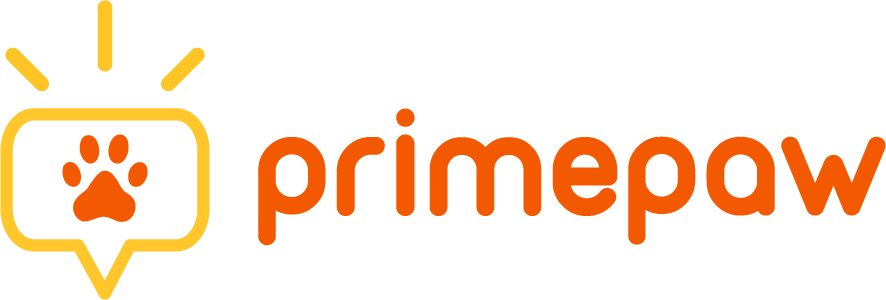Top 10 Dog Issues
-
My dog is ignoring me!
This is a sign that your dog isn’t recognizing your value, human! Or, your dog thinks everything else is just a little more interesting than what you’re currently proposing (oh, look—a squirrel!) but just like in human relationships, we can learn to turn to each other’s bids. Here are a few hacks on directing your dog’s attention in this video.
-
My dog is pulling ME by my leash.
Either there’s room for a little technique in how that leash is being held, or your dog’s attention has been captured entirely by a guy in a funny hat (this is San Francisco, after all). A great way to remedy this, is implementing what primepaw’s Steve Bialek calls “instead of” behavior, which he demonstrates in this video.
-
My dog is great indoors, but won’t listen to me outdoors or on a walk.
Remember being told to use your inside voice? Your dog, too, has associations it makes with being in certain environments. Start gently expanding the places you’re asking your dog to sit, as well as environmental stimulation levels (noise, moving objects). If that doesn’t help, don’t worry, this isn’t a you thing, it’s a cue thing. This video shows how to train with distractions, and our foundational classes can help you understand how your dog learns!
-
My dog barks all the time!
Most barking sounds the same, but when you’re fluent in woof—which Gene Donaldson is—the four types of barking (alarm, spooky, attention seeking, bored) from his book, ‘Culture Clash’ make a little more sense. Positive reinforcement and undivided attention help discern whether your dog is telling you there’s somebody outside, begging you to throw the ball, or getting emotional about eliciting a response you’re just not giving at the moment.
-
My dog won’t take treats on the walk.
While some humans we know snack enthusiastically when stressed (no judgment, we know the science), eating isn’t always top of mind for your dog when there’s a lot going on. Good news; eating kibble on a walk is a learned behavior that you can encourage. Start by training in one room, expanding incrementally to another space in the home over time. After you’ve mastered everything from the kitchen to the backyard, try feeding on that walk again!
-
My dog pulls whenever she sees another dog on a walk.
Chalk this one up to attraction and chemical reactions. Becoming acutely aware of your dog’s limitations is the first step here. Try picturing other dogs as a black hole—the closer your dog gets to it, the more activated their stress hormones become. Gauging how wide your dog perceives that black hole to be (often roughly 30-50 ft) can help you avoid reactivity. Our team is happy to help determine the severity of your dog’s behavior and make recommendations for each unique pup. Reach out here.
-
My puppy is biting my hands and it hurts!
Congratulations, you have a perfectly normal puppy! This baby is learning about the world through its mouth, just as nature intended, so we don’t want to eliminate it completely. The combination of weak jaws and needle-sharp teeth make for a nip that is sometimes tolerable and sometimes not—determine the extremes of this spectrum for your puppy, and allow for bites up to the mid-range. Anything higher, respond with an ‘ouch!’ and turn away for a few seconds. Puppy just wants to play, and can learn how to play nice this way.
Learn more about bite inhibition in class with us at Puppy First Steps!
This video introducing Tug Play is recommended!
-
My puppy gets excited and bites the children’s pants legs.
As mentioned in the previous response, your puppy is interacting the only way it knows how right now. Cute, right? Truth is, children are often responsible for getting pups super aroused, and nipping at socks or pant legs is one way this is expressed. Learning to identify your little dog’s “tell” can help loads—this is a subtle cue from your pup that signals they are approaching over stimulation. Giving them something else to do at this point (putting food on the ground, or utilizing a tug toy) can also be key.
-
My puppy is still peeing in the house!
Step one is to limit the space your puppy has, lining the controlled area with sheets of newspaper. Remove paper that your puppy does not pee on and leave the sheets on which they do. After every marker event (drink of water, meal, nap, snack, training session, leaving the crate, etc.) take your puppy to their pee pad, or outside.
Most folks leave you with a “good luck” at this point, but this is actually where our best work begins! Come join us at primepaw—foundational puppy education happens in both Puppy First Steps, and Puppy Day School!
